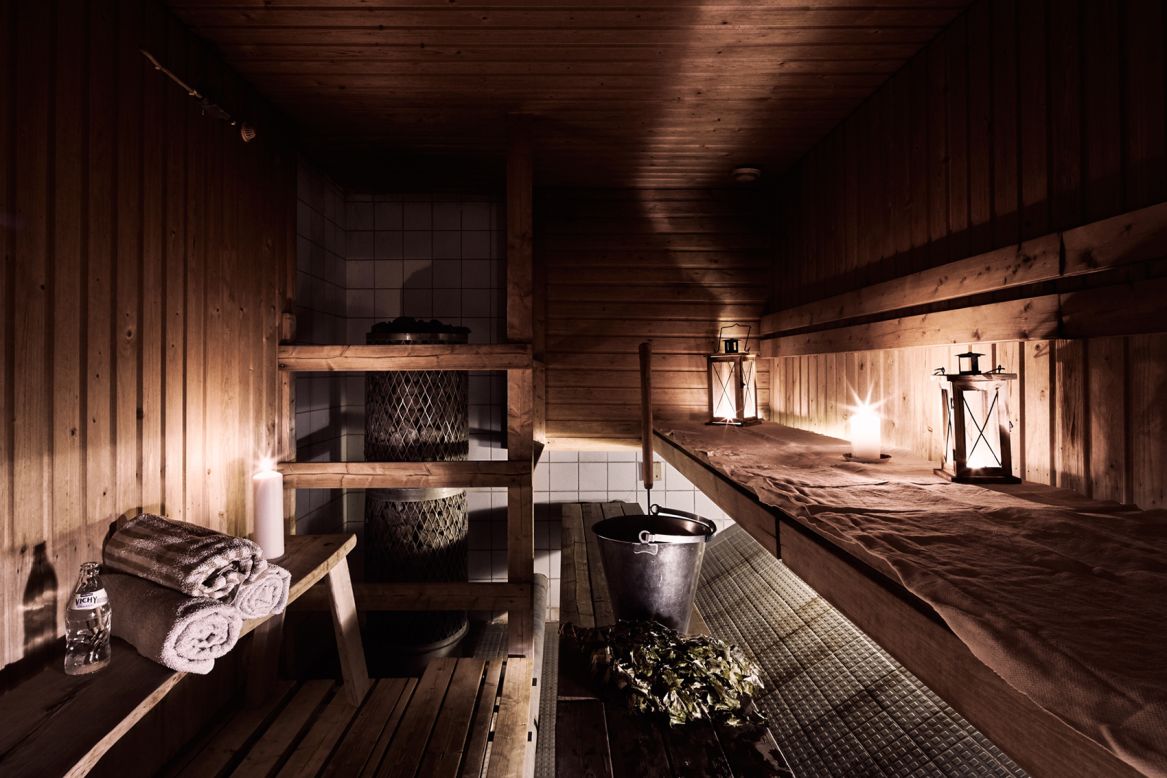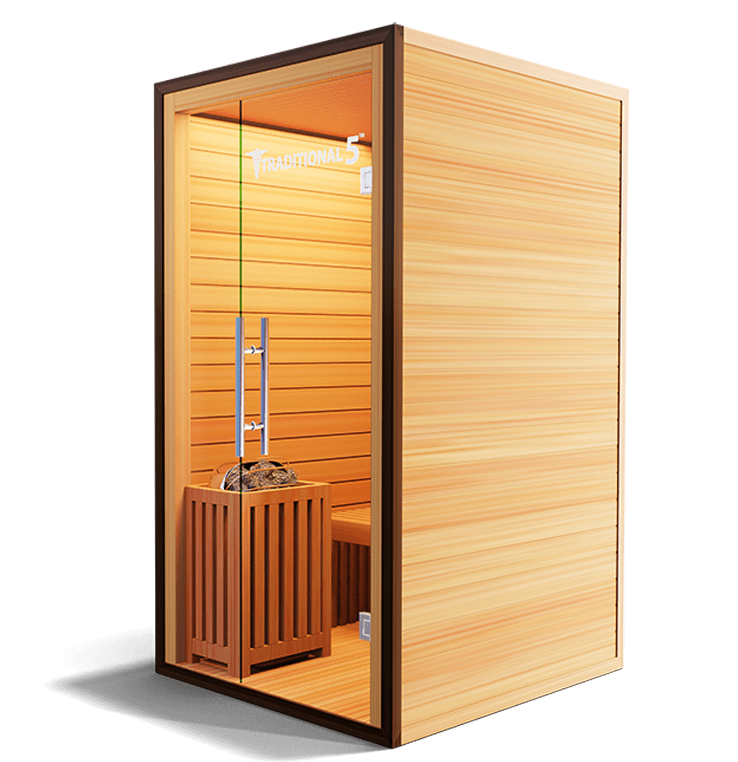Indicators on Traditional Sauna You Should Know
Indicators on Traditional Sauna You Should Know
Blog Article
Things about Traditional Sauna
Table of ContentsExamine This Report on Traditional SaunaHow Traditional Sauna can Save You Time, Stress, and Money.What Does Traditional Sauna Do?Traditional Sauna Fundamentals ExplainedThe Only Guide for Traditional Sauna
Most of the weight lost in a sauna is water loss and is re-gained upon rehydrating. Without a doubt sauna can be an essential part of a healthy weight loss program. To take a look at the differences between conventional and IR saunas, I will separate these into verifiable, theoretical, and fabricated distinctions.Hence, the best factor in the saunawhich goes to the ceiling straight above the sauna heateris usually between 185 and 190 F. Claims that a traditional sauna exceeds 200 F is simply not true and not applicable for electric saunas sold in the United States. The temperature level for a far-infrared sauna is generally established in between 120 and 140 F; nevertheless, unlike the conventional sauna, the goal in and IR area is not to attain a heat.

When a traditional sauna has actually been correctly warmed, the sauna walls are cozy, the air temperature has actually accomplished established temperature and the rocks are extremely heated. As an intriguing side note, the heated wall surfaces and the rocks are releasing far-infrared heat, incorporated with the heated air, to produce an "wrapping up warm".
Not known Facts About Traditional Sauna
When the high temperature is achieved, the aspects cycle on and off to keep the high temperature level. Many standard sauna customers delight in putting water over the rocks to develop vapor to raise sauna humidity degrees. The advantages of pouring water over the rocks include: making the room a lot more comfy, dampening the nasal flows, and allowing the use of aromatherapy by mixing vital oils with the water.

When the power gets in the body, it creates the body temperature level to boost and inevitably causes sweat. In an infrared sauna it is necessary for the emitters/heaters to continue to be on virtually frequently. Given that there is no mass of rocks to preserve warmth, the sauna will cool if the emitters closed off.
Everything about Traditional Sauna
As stated over, the sauna bather in an infrared room desires to position himself before operating emitters to obtain maximum take advantage of the heat. The home heating time for the two areas can be extremely various, depending upon how the areas are utilized. For a conventional sauna, a bather needs to enable 30-40 mins for the room to attain a desired temperature and to correctly pre-heat the rocks.

A well built sauna will commonly achieve a temperature of 150-160 F in regarding 30-40 minutes. For hotter temperature levels, the area might need to heat for a longer period.
To some, 15 mins was "thrown away" while the infrared power warmed the timber panels as opposed to heating a body, while others find a pre-heated room to be much more comfortable and believe an elevated starting temperature is necessary to begin perspiring. The length of recommended usage for each area is approximately the same visite site (10-15 mins per session); nonetheless, as a result of the reduced air temperature levels and the capacity to really feel the impacts of infrared warm faster than a conventional sauna, it is not uncommon for a person to invest a total of 20-30 minutes in an infrared sauna.
Traditional Sauna - Questions

The typical expense per kWH of electrical power in the united state is approximately $0.11, so a 4.5 kW heater will certainly cost around $.50 to compete site one hour, if the heater runs continually for one hour. Normally a sauna heater will compete 75% of the initial hour and 50% of subsequent hours on given that the elements cycle once the set temperature level is attained.
A two individual far-infrared room is normally literally smaller sized than a standard sauna, often regarding 4' x 4' or smaller sized. The IR heater is generally 1.5-1.7 kW utilizing a 120 volt 15 amp plug-in solution. Given that the room can be used quicker than a sauna space, we will presume the space is utilized for to of an hour consisting of warm up time.
There is a rarely gone over distinction in the social experience in between the 2 spaces. While our society has actually shed several of the social benefit of the standard sauna experience, it can be really socially rewarding (Traditional Sauna). From family time in the sauna, to heart-felt discussions with better halves, to sauna partiesthe standard sauna experience can bring about intimate interacting socially
About Traditional Sauna
The majority of higher end infrared areas include tinted light therapy, audio systems and full-glass fronts.
Report this page